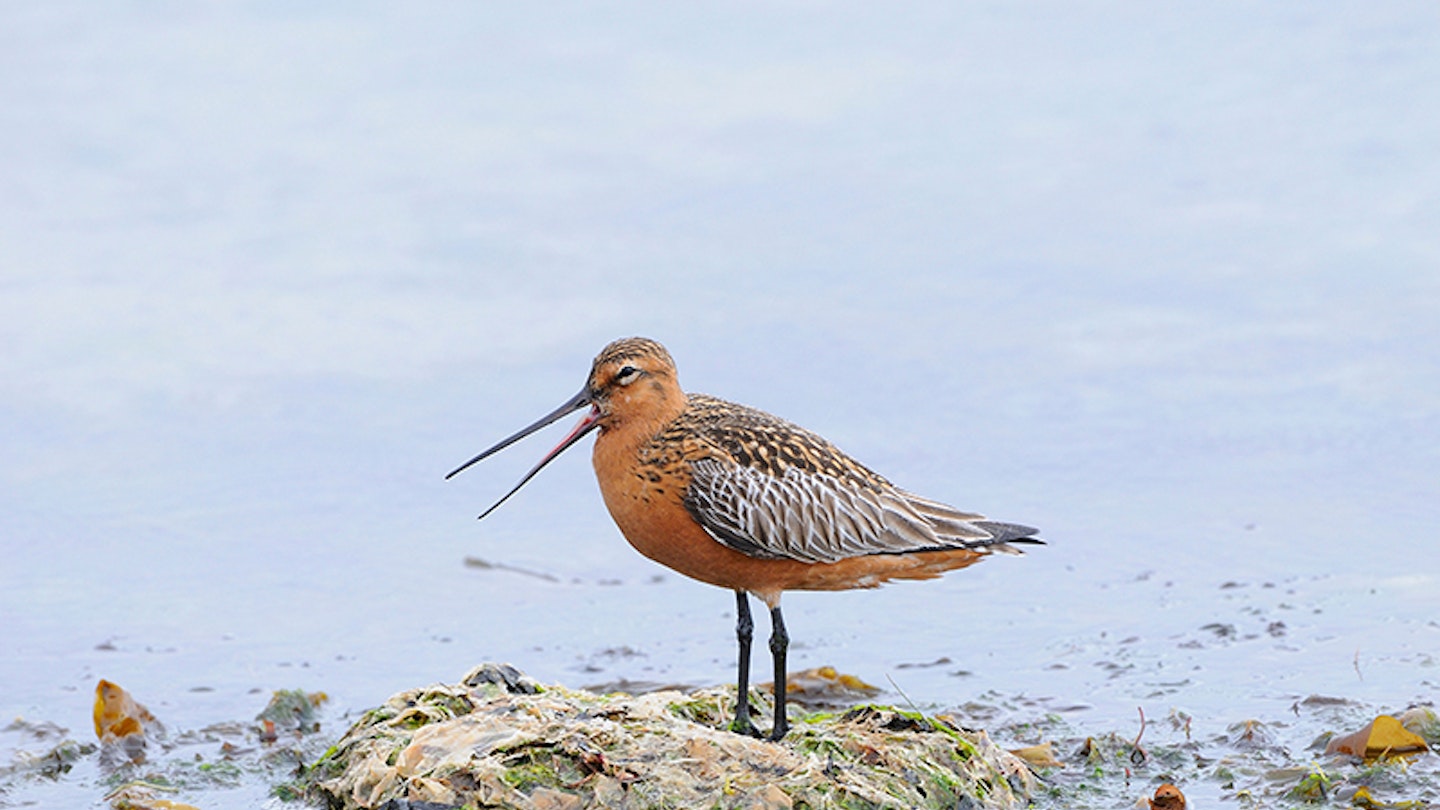From the start of December, there are 31 short days left to finish off the year list or just to enjoy the wonderful birds that 2022 still has to deliver. Here are five to liven up any winter’s day.

Bar-tailed Godwit
A favourite of at least one member of the Bird Watching team [Mike Weedon], the Bar-tailed Godwit is a handsome bird in its rich brick-red of spring, but also very pleasing in its Curlew-like winter plumage. More than 50,000 Barwits winter around our coasts and estuaries. They are much more inclined to enjoy salty and brackish conditions than their long-legged cousin, the Black-tailed Godwit (which has 10s of thousands of Iceland-bred birds wintering inland in the UK); and so are relatively rare inland. Bar-tailed Godwits look rather like Whimbrel-sized Curlews with long, straight or slightly upturned bills.
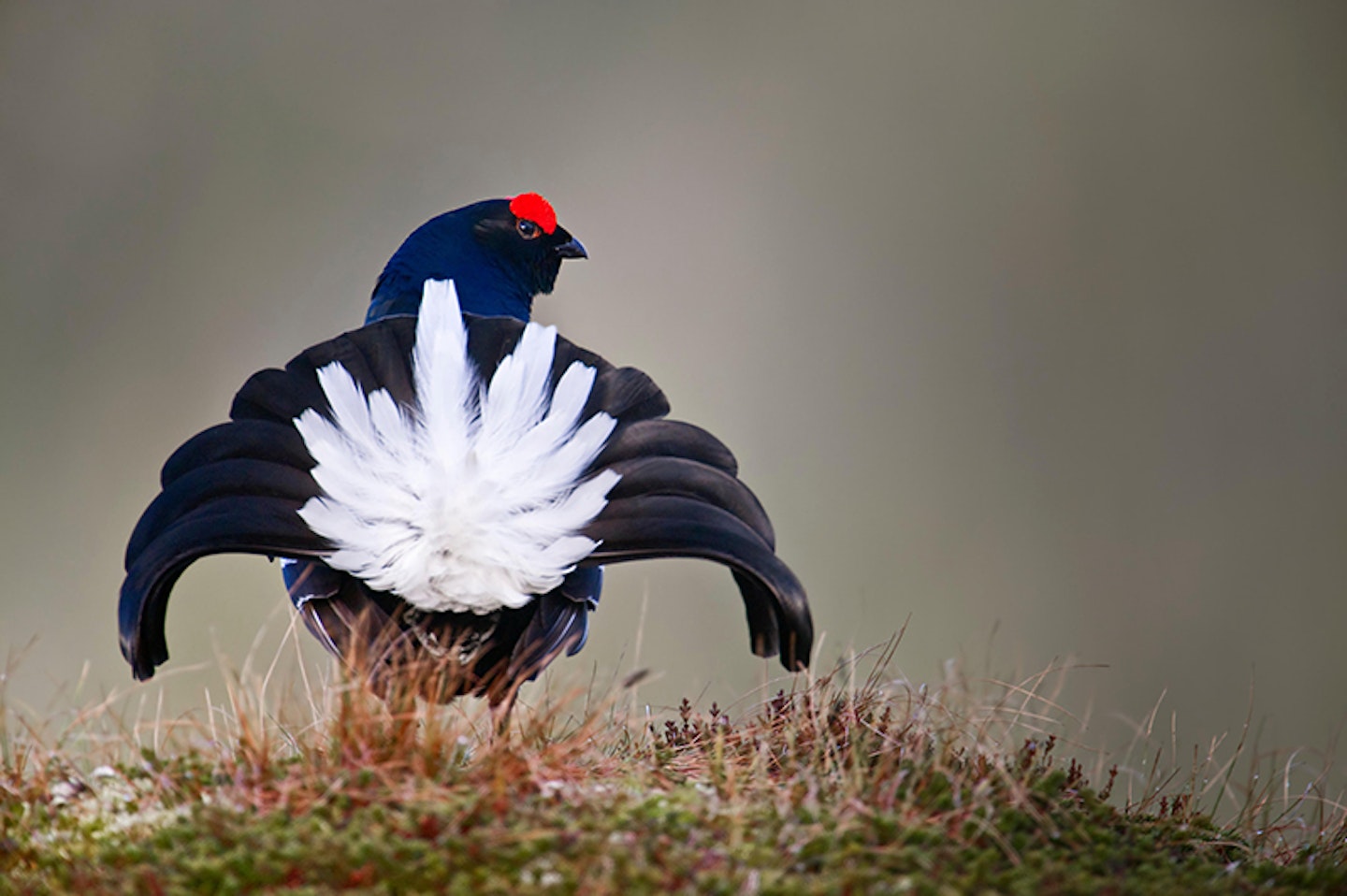
Black Grouse
One of the most unlikely looking native British bird, the male Black Grouse is a spectacular and exotic looking fellow. For large parts of the year (not least this month), these deep blue-black beauties will get up well before dawn to gather at favoured sites, such as ‘clearings’ on raised ground on moors and bogs. They come together to ‘lek’, display, sing and ‘fight’ other males for the attraction of females. And even when the females aren’t interested, they will still wake up early to practise the ritual. The sound they produce (a mix of bubbling calls and ‘sneezes’) is amazing, audible even from the respectful distance observers need to be from the lek to avoid disturbance. And despite often being over before the sun has really reason, the event is quite a site. These are great British birds.
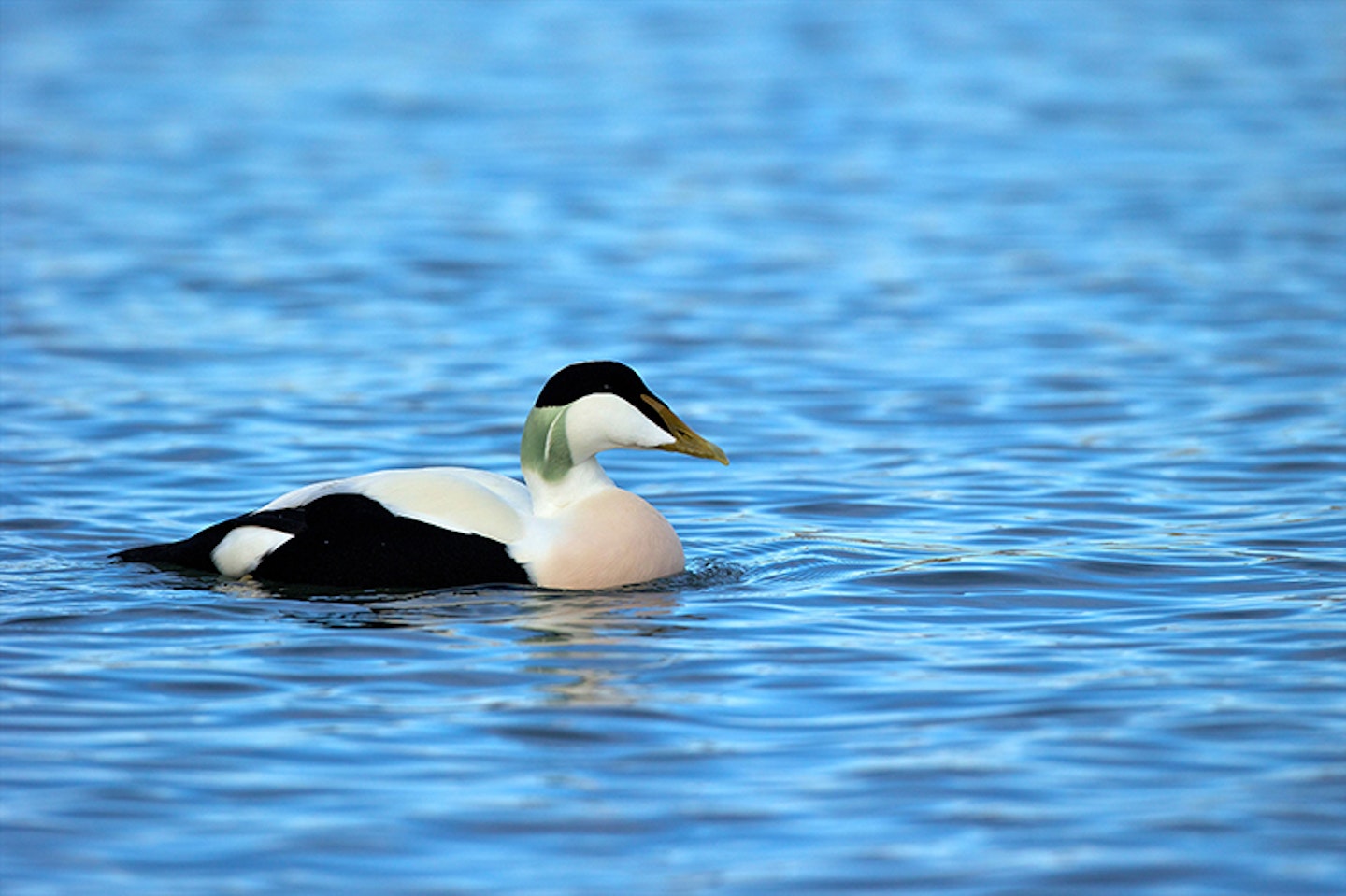
Eider
Contrary to expectations, winter is the best time to watch ducks. This is the time when they look at their best (they spend the summer looking dreary) and get up to a certain amount of courtship shenanigans, which is always good to see. And drake Eiders are particularly fine looking birds: large and triangle headed, white above, black below and with aa black cap and green ‘painted’ on the neck, pink on the breast. They can be in great rafts on the sea but if you can see them in a sheltered harbour, you will appreciate the wonderful colours all the better.
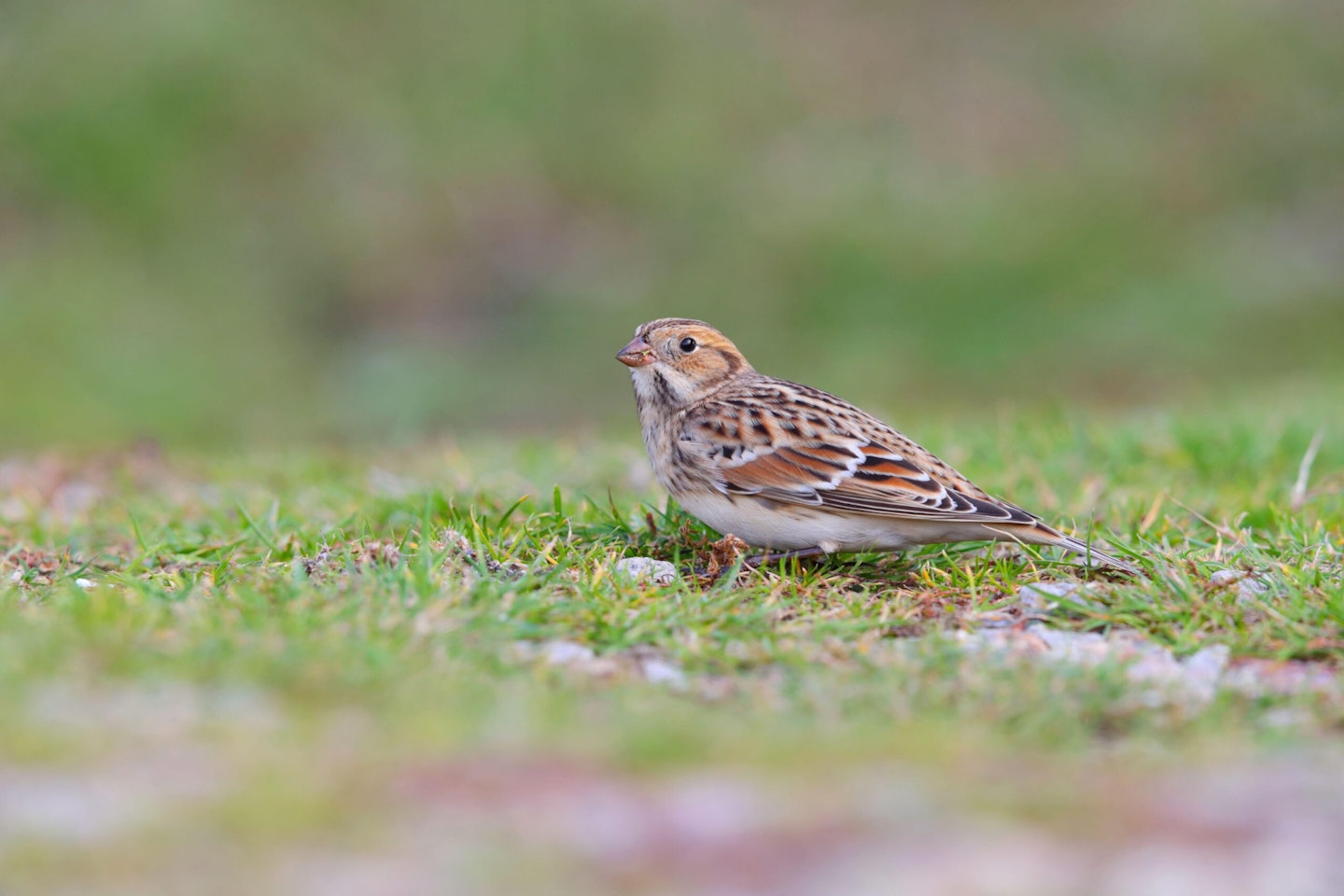
Lapland Bunting
As is implied by the name the Lapland Bunting is a bird which breeds in the far north, not in the UK. These large, long-winged, chunky buntings are scarce winter visitors to the mainly to the north and east coasts, where they shuffle along in stubble fields or in sparsely vegetated areas not far from the sea, picking at seeds. They look quite different in their breeding plumage, and we generally only see them in their still handsome winter garb, looking more open faced and longer-winged than the somewhat similar Reed Bunting.
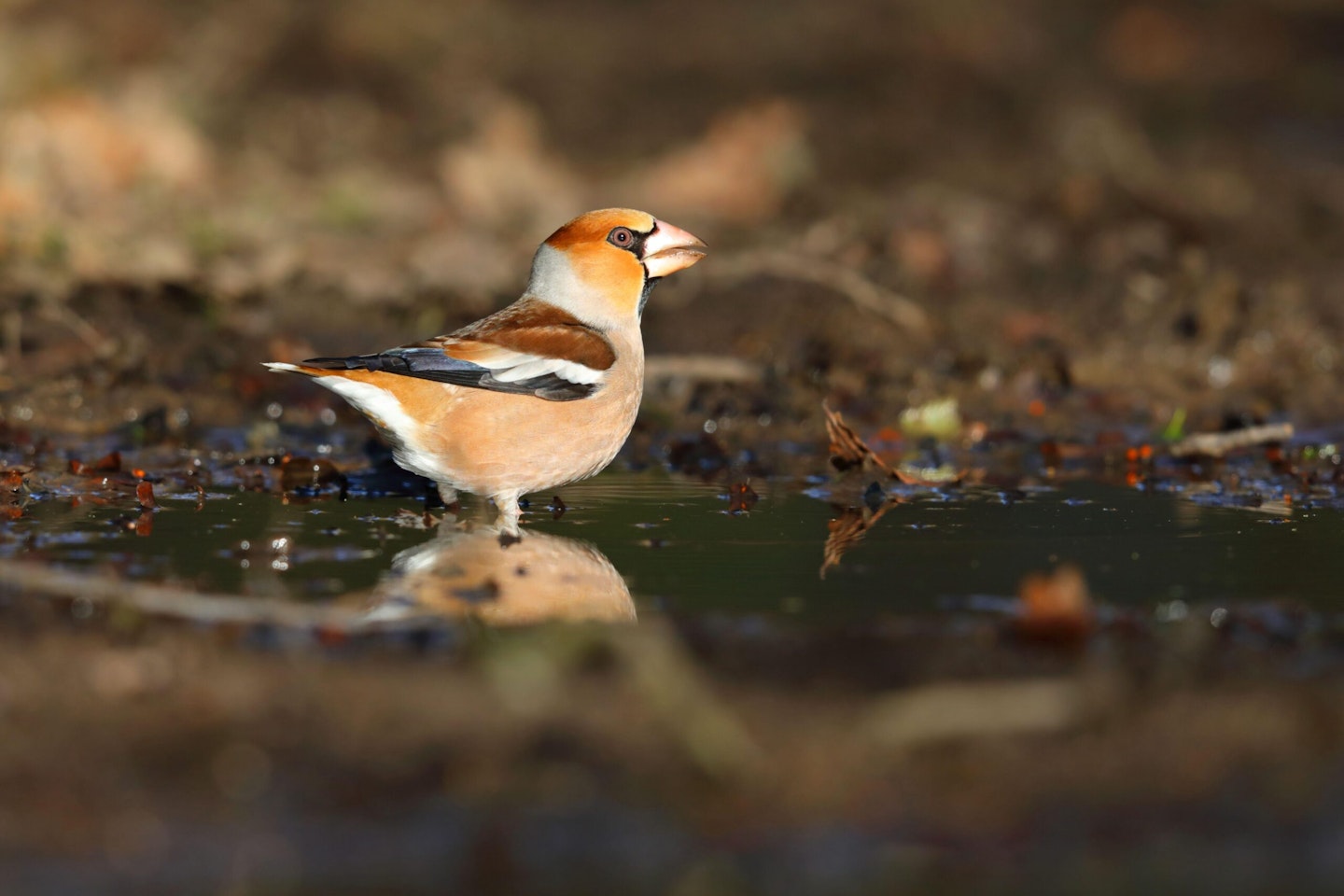
Hawfinch
Everyone loves a Hawfinch. The king of British finches would be a wonderful bird to add to your annual list at the closing of the year. Compared to our other finches, this one is a monster, with a massive bill designed for cracking open cherry stones and the like, backed up with a mean expression. They have a habit of blending in with leaf litter and disappearing, and are most often seen at known roost sites, where they gather as the sun goes down, often high in trees, where their profile is nothing short of striking.
